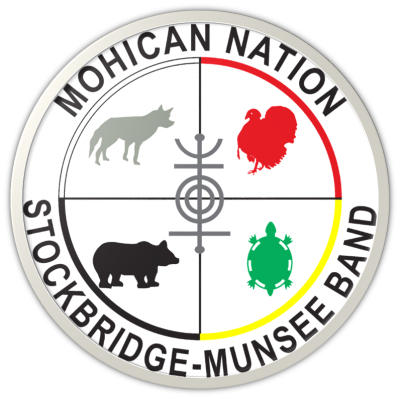
On May 5, 2018, the Stockbridge Mohican History Seminar was held at the Town Hall in Stockbridge, MA. The previous night I had attended the annual meeting of New Netherland Institute in Albany so it made for a colonial weekend. I was discouraged to learn that I had attended the previous Mohican History in Stockbridge, Massachusetts Seminar on May 11, 2013. I was discouraged because I can’t believe it was five years ago! Where has the time gone?
My purpose here is not to recount the history of the Stockbridge Indians or each individual presentation in the two seminars. Instead it is to make some general comments about this type of conference.
MULTICULTURAL STORY
First, it is a multicultural story from the time before the word even existed. Various connections both peaceful and violent existed among a variety of peoples. There was not one nation of indigenous people. There was not one nation of native people. There were multiple nations of Indians configured in various ways and who did and did not get along with each other. The Mohicans were part of the Algonquin people and that group sometimes was in conflict with the Haudenosaunee in what is now New York. The Mohican presence itself extended into New York in the Hudson Valley. Sometimes keeping the names straight can be difficult as one deals with tribal and confederation names in multiple languages.
Similarly the Europeans were not all just white people. The Dutch and the English figure prominently in telling of the story and they were not allies. In New York, one would add the Palatines and the French to the mix back in colonial times.
DESCENDANTS
Second, people who are descendants of the people from the 1600s and 1700s are still around and aware of their descent. It forms part of their identity today. This type of knowledge generally is more common as one moves upstate in New York and away from the large urban centers populated with arrivals from the 19th century (Irish), 19-20th centuries (Ellis Island), and more recently from non-European areas. While it is easy to connect people in the present to colonial times if they are aware of their descent, the challenge for the United States today is to connect people who aren’t descendants into a single American tapestry or narrative. For example, I am not Dutch, English, or Mohican but I can still recognize their stories as part of my legacy as an American.
In this year’s conference, one of the most moving and poignant sessions was the “Words of Our Ancestors. “ There was a series of ten readings from what would be deemed primary source documents in educational parlance. These readings stretched from 1735 to 1864. They consisted of letters, petitions, deeds, speeches, and personal memories. What made the readings extraordinary is that the readers were the descendants of the writers. It wasn’t simply me reciting the Gettysburg Address as a classroom exercise, but people with a direct biological tie to the creators of the words. If one were to combine these words into a unit, one would tell the story of a people and a community for over two hundred years. It would work even with students who were not descendants such as the residents of Stockbridge today. These words are part of the local history, part of the history of the place.
SENSE OF PLACE
Third, speaking of place, the place Stockbridge was a new town created in 1734 called Indian Town. It was six square miles and bordered by Monument Mountain. I admit, that when I climbed it, a popular occurrence in the Berkshires, I was unaware of its sacred legacy as part of the Mohican tradition. The new town was formed an act of will to bring together the English and the Mohicans in a Christian environment. Presenters in the conference talked about this process including that of their own ancestors. The sites on the walking tour in the afternoon in both seminars involved buildings and locations related to this new settlement.
When the Stockbridge Indians as people left the place Stockbridge, that place did not vanish from their culture. This year’s presentations included:
“We’ve Always Returned – Engagements in Our Homelands” by Bonnie Hartley, the Tribal Historic Preservation Officer stationed in Troy, New York, who monitors the physical threats to Mohican sites
“We Remember Stockbridge,” the keynote address by Shannon Holsey, the president of the Stockbridge Munsee Community, based in Wisconsin.
It looks as if Holsey will be delivering the same talk at another symposium on June 22 in Wisconsin. The seminar is entitled “Connecting to our Eastern Homelands,” STOCKBRIDGE-MUNSEE COMMUNITY HISTORY SEMINAR.
That sense of place was showcased in the afternoon walking tours. The tours, five years apart, essentially were to the same locations. There were more sites this time around and it was self-guided with people stationed at some of the locations. Included were the burial grounds for both the English and the Stockbridge Indians. The former had the numerous monuments and gravestones one would expect; the latter had a commemorative group monument and no individual markers. Perhaps, without intending to, the different landscapes of the dead also reflect the respective cultures of the living. The Indian one is more scenically placed even if today the viewed landscape is part of a golf course. Whether or not the walk is offered at other times as a Stockbridge Indian Path through History or not, I don’t know. But it does seem as if it could be incorporated into the tourist experience as well as be a school field trip.
While walking around the vendors at the conference, I learned of the Housatonic Heritage. According to the website:
The Upper Housatonic Valley National Heritage Area (Housatonic Heritage) exists to illuminate the diverse, rich identity of the Upper Housatonic River Valley region and to preserve and promote its historical, cultural and natural resources. We support, stimulate and advance the region’s economic vitality and quality of life, looking towards a sustainable future for the benefit of residents and visitors. This National Heritage Area facilitates collaboration with regional organizations, working as a catalyst for regional thinking.
The Upper Housatonic Valley National Heritage Area will:
heighten the region’s knowledge of its heritage and promote public discourse and decisions through educational programs that are the envy of the world;
make the region a premier destination for travelers and potential residents by engaging active participation in using and celebrating the heritage resources;
integrate the celebration of regional historical, cultural and natural resources with regional economic development and planning; and
be a high-performing and financially stable organization, working with other regional businesses, organizations and individuals.
The Mohican Nation is listed as one of the supporting organizations. According to the website there are itineraries for various topics within the Upper Housatonic Valley, but I am not sure how far they have progressed in creating paths through history that could be offered to tour operators or be listed on the website for self-guided tours for a weekend or a week.
AMERICAN REVOLUTION
Fourth, for the Stockbridge Indians, the American Revolution was a game changer. No sooner had they come to an arrangement with the English than the English divided into two groups opposed each other. The Stockbridge Indians sided with the budding United States. Perhaps its most noteworthy contribution occurred in what is today Van Cortland Park in the Bronx at a constantly threatened site where our four-legged friends can roam unleashed. Part of the story of the American Revolution is the participation of the Mohican/Wappinger/Stockbridge Indians on the American side. As people begin to gear up for the celebration of the 250th anniversary of that event, the Mohican story should be part of it. Given this background one can understand why when the Stockbridge Indians left Stockbridge they settled by the Oneida Indians in New Stockbridge, in Madison County, New York and not by one of the other Haudenosaunee peoples. The Oneida too were allies of the Americans.
This type of intermingling of cultures calls to mind the experience of William Johnson in the Mohawk Valley just a few decades later. I am writing this blog as I am about to leave for the annual American Revolution in the Mohawk Valley conference by the Fort Plain Museum. There I will have the opportunity to return to some of the Johnson and Johnson-related sites. Back then, people were classified differently than they are today. To maintain a peaceful relationship among all these peoples was a challenge indeed. The effort to do so was complicated by the arrivals from Europe who kept coming in greater and greater numbers just as the Indian numbers were drastically depleted due to disease. Given the physical realities of the amount of land and number of people, it is difficult to imagine a positive result for all the peoples living in the land.
There is much to be learned for America today in exploring the actions and history of the Stockbridge Indians and the world of William Johnson. Through those experiences we can learn how others tried and often failed to cope with a rapidly changing world. Learning to live together remains a difficult task and the desire to avoid the issue by eliminating the other remains strong. The challenges faced in colonial times directly relate to those we face as Americans today and to those the world faces. So let us stop, listen, and observe how the peoples of the past wrestled with the struggle to survive physically and culturally in a world of different peoples and technological power as we do today in a technologically more integrated and scary world.
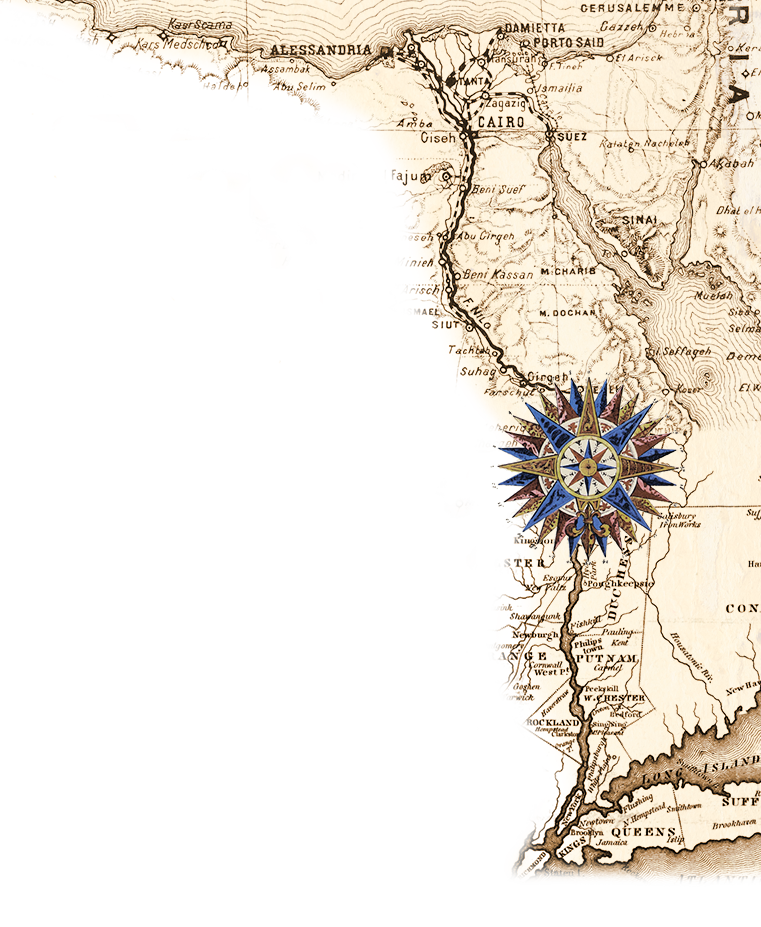

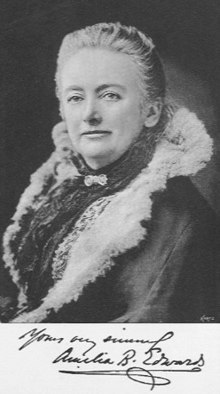
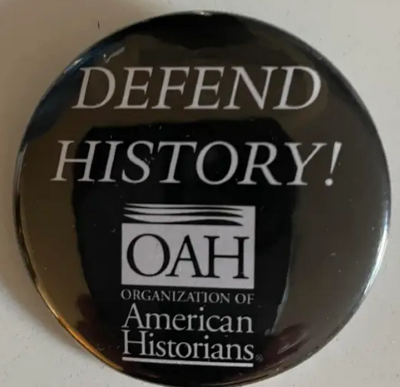

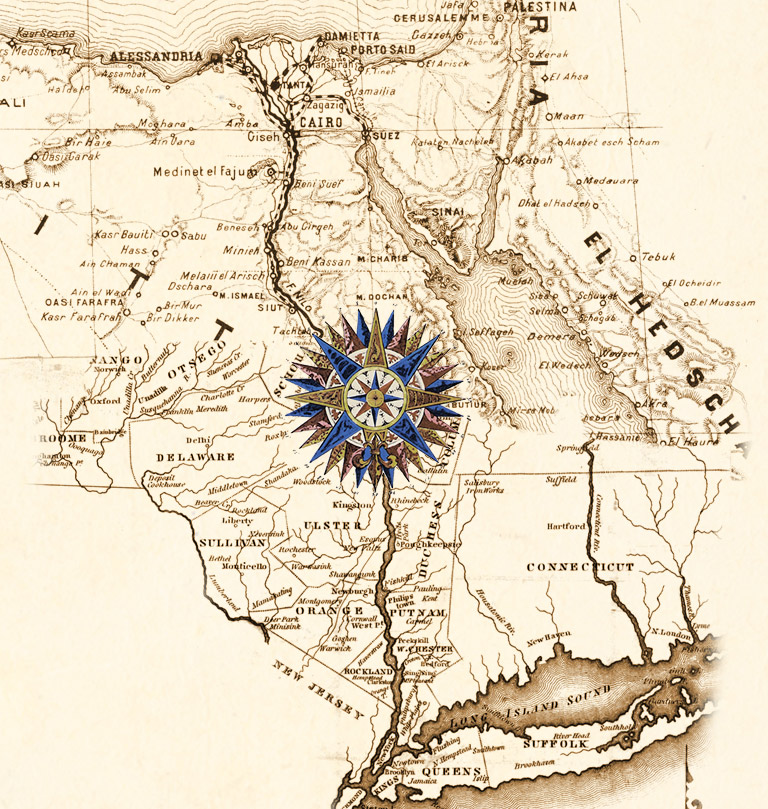
Thanks for your enlightening comments on this little-known topic re the diversity of the Indian Nations, Peter.
OK, I’ll bite. How did they solve it?
I was very friendly and spent time with the Mohawk Iroquois in Hogansberg NY. What a different culture, what a separate and different understanding of history they had. How much fun I had with them
How I became friend is a story. Morris Schwartz and I used to go fishing in the St.Lawrence and Raquette Rivers with the Mohawk guide Angus. He was very reserved, very business minded. We will meet at 8AM and fish till 4PM. $25. We will fish the NY side of the river. Angus would instruct us, bait our hooks, and rarely smile or just converse.
One foggy morning …we could hardly see the front of the boat from the front we were in the middle of the St. Lawrence. Suddenly Boris the Indian pulled alongside. How he found us I do not know.. He and Angus started a lively conversation in their language, occasionally looking back and forth at us. We did not know if they were talking about the weather or plotting to avenge Sullivans March. So Morris and I started to speak to each other…In Yiddish.
Morris Vus sugt der Royta?
| I Ich vise nicht,Ich rertsat nicht royta lashan
Morris: Kockimmjun. redst mama lashan.a
So we started talking Yiddish.
Angus and Boris started laughing and slapping their thighs. It seems the Mohawks have a great sense of humor,If one is rude to you and you “retaliate ” in kind….it is funny. Any how…they stopped laughing and said “fishing is lousey. Come on home. We’ll come back later. ” There was no more “formality” We went with them where and when they fished for the pot for themselves. We ate with them. We learned what they felt about the white man…(Not much!) Their culture,The “Old Religion” :Their view or history. Their view of other tribes (including other Iroquois). Years later when NY State Police tried to solve a problem of illegal whiskey on the reservation my conversation with one of the troopers involved helped solve the problem. However…the problem was REALLY solved by the women of the tribe…but that is another story. want to know HOW the women solved it ?
Peter:
I hope all is well. How can I get on a mailing list where I could be advised about these historical events? I have a house, 20 minutes from Stockbridge and was a major reenactor of Indian Lore when I was a Boy Scout. I would have enjoyed attending that event.
Many thanks!
Allen
There is no one place. You could sign up for the New York History blog. Another possibility is the newsletter of the New York State historian
http://www.nysm.nysed.gov/research-collections/state-history
This event was in Massachusetts and I am not sure how I found out about it. Maybe the Massachusetts Humanities Council or the Massachusetts History Society.
Hi Peter,
Forgive me if I’ve covered this ground before, but has any ink been spent on the tragic life of Daniel Ninham?
Walt
There are some references but i don’t know about the academic scholarship.
Van Cortlandt Park
https://www.nycgovparks.org/parks/VanCortlandtPark/monuments/1120
http://www.nimham.com/daniel.htm
http://www.keropiansculpture.com/daniel_nimham.html
Fishkill monument pays tribute to chief who fought in Revolution: Dateline
https://www.poughkeepsiejournal.com/story/news/2017/11/07/fishkill-monument-pays-tribute-chief-who-fought-revolution-daniel-nimham-dateline/837967001/
Thank you for including me in this blog, Peter.
I wanted very much to attend the Mohican conference this past May 5th, but the Archaeological Society of Connecticut had scheduled its Spring Meeting that same day at Newgate Prison and Copper Mine. As a Board member of ASC I am expected to attend those meetings, and so do.
So I wondered how the Mohican conference went. It seems that I missed out on some wonderful sessions. Your description of the “Words of our Ancestors” suggested that rare combination of primary historical documentation and oral tradition that so improves our interpretations of local and regional histories. Thanks for those conference comments!
Sorry you couldn’t make it. There do seem to be a lot of conferences this time of year. Perhaps you should contact the tribe’s Troy representative whom I mentioned in the blog and you can become connected for the next conference. bonney.hartley@mohican-nsn.gov
I think there are some Iroquois conferences in New York as well that might be of interest but I am not too familiar with them yet.
We never did have that trip to visit you.
Peter
Hi Dr. Feinman,
I am a historian in Black Rock, CT working on various projects and wonder if I could learn more about the primary source documents which you mentioned in the lovely email posting. One of the aspects of projects which I work on involve digitizing and transcribing historic documents which preserve them and make them understandable to both students and scholars.
I am copying the section here:
“In this year’s conference, one of the most moving and poignant sessions was the “Words of Our Ancestors. “ There was a series of ten readings from what would be deemed primary source documents in educational parlance. These readings stretched from 1735 to 1864. They consisted of letters, petitions, deeds, speeches, and personal memories. What made the readings extraordinary is that the readers were the descendants of the writers. It wasn’t simply me reciting the Gettysburg Address as a classroom exercise, but people with a direct biological tie to the creators of the words. If one were to combine these words into a unit, one would tell the story of a people and a community for over two hundred years. It would work even with students who were not descendants such as the residents of Stockbridge today. These words are part of the local history, part of the history of the place.
”
Thanks so much.
Robert Foley
Black Rock history
203 820 5120
Hey! immigrants from the 19th century also ‘Germans’ and ‘Italians’ should be in italics because it was before there was a Germany or an Italy, all those princely states and all.
Some guy wrote 400 years of immigration, interesting.
Thank god for 20th century bathrooms I say!
Technically you are right about Germany and Italy as political entities but the words and the idea of of there being a Germany and Italy was known.
Enjoyed the blog very much. We have a tradition in our family of an Indian ancestor.
I have pictures of my great-great grandmother. She is distinctly darker skinned than her husband or the other people in the picture. She was born in IN, but her mother and father were born in NY. They somehow fit into the Wheelers, Morgans and Kellums who settled in Oneida Co. (I haven’t worked through those details). They then moved to Jefferson Co., NY, and in 1833 to LaGrange Co., Mi, just below the Michigan line. One researcher showed the Wheelers and Morgans to have lived in BErkshire Co., Mass. Again, I haven’t done the research to confirm details. I’ve done heavy research on my colonial ancestors (RI, Mass., CT, NY), This family and one or 2 others have more difficulty, and I may not be able to establish reasonable histories of their lives without taking long and expensive trips.
Bobbie
Thanks for writing. Good luck with your research. You never know what you may find. Peter